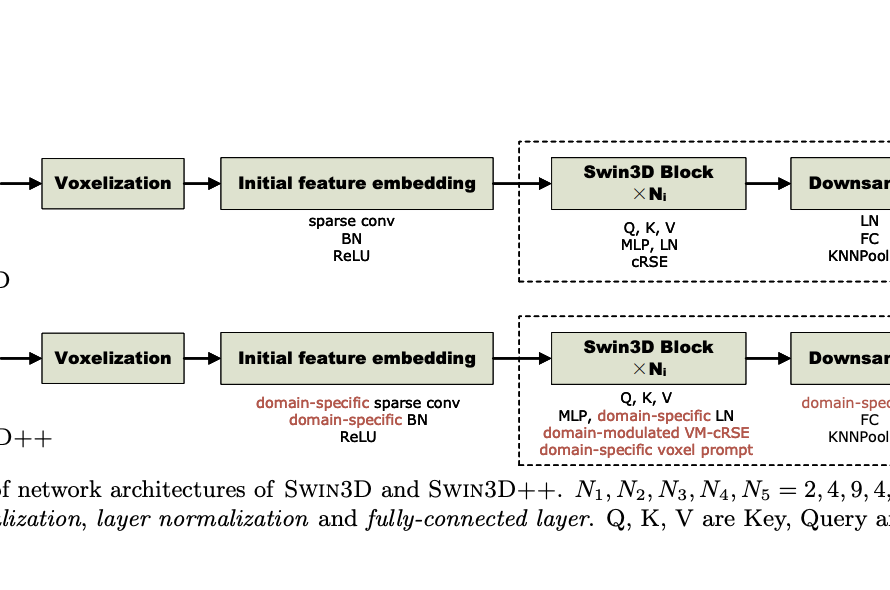Video super-resolution, aiming to elevate the quality of low-quality videos to high fidelity, faces the daunting challenge of addressing diverse and intricate degradations commonly found in real-world scenarios. Unlike previous focuses on synthetic or specific camera-related degradations, the complexity arises from multiple unknown factors like downsampling, noise, blur, flickering, and video compression. While recent CNN-based models have shown promise in mitigating these issues, they fall short in producing realistic textures due to limited generative capabilities, leading to over-smoothing. This study delves into leveraging diffusion models to address these limitations and enhance video super-resolution.
The complexity of real-world video enhancement demands solutions beyond traditional methods, grappling with an array of multifaceted degradations. While CNN-based models showcase prowess in mitigating several degradation forms, their limitation lies in generating realistic textures, often resulting in over-smoothed outputs. Diffusion models have emerged as a beacon of hope, exhibiting impressive capabilities in generating high-quality images and videos. However, adapting these models to video super-resolution remains a formidable challenge due to inherent randomness in diffusion sampling, leading to temporal discontinuities and flickering in low-level textures.
To address these challenges, researchers from NTU in this study adopt a local-global temporal consistency strategy within a latent diffusion framework. At the local level, a pretrained upscaling model undergoes fine-tuning with additional temporal layers, integrating 3D convolutions and temporal attention layers. This fine-tuning significantly enhances structure stability in local sequences, reducing issues like texture flickering. Simultaneously, a novel flow-guided recurrent latent propagation module operates at a global level, ensuring overall stability in longer videos by conducting frame-by-frame propagation and latent fusion during inference.
The study explores innovative avenues by introducing text prompts to guide texture creation, enabling the model to produce more realistic and high-quality details. Moreover, the model’s robustness against heavy or unseen degradation is bolstered by injecting noise into inputs, offering control over restoration and generation balance. Lower noise levels prioritize restoration capabilities, while higher levels encourage more refined detail generation, achieving a trade-off between fidelity and quality.
The primary contribution lies in devising a robust approach to real-world video super-resolution, intertwining a local-global temporal strategy within a latent diffusion framework. The integration of temporal consistency mechanisms and innovative control over noise levels and text prompts empowers the model to achieve state-of-the-art performance on benchmarks, exhibiting remarkable visual realism and temporal coherence.
Check out the Paper. All credit for this research goes to the researchers of this project. Also, don’t forget to join our 34k+ ML SubReddit, 41k+ Facebook Community, Discord Channel, and Email Newsletter, where we share the latest AI research news, cool AI projects, and more.
If you like our work, you will love our newsletter..
Aneesh Tickoo is a consulting intern at MarktechPost. He is currently pursuing his undergraduate degree in Data Science and Artificial Intelligence from the Indian Institute of Technology(IIT), Bhilai. He spends most of his time working on projects aimed at harnessing the power of machine learning. His research interest is image processing and is passionate about building solutions around it. He loves to connect with people and collaborate on interesting projects.



